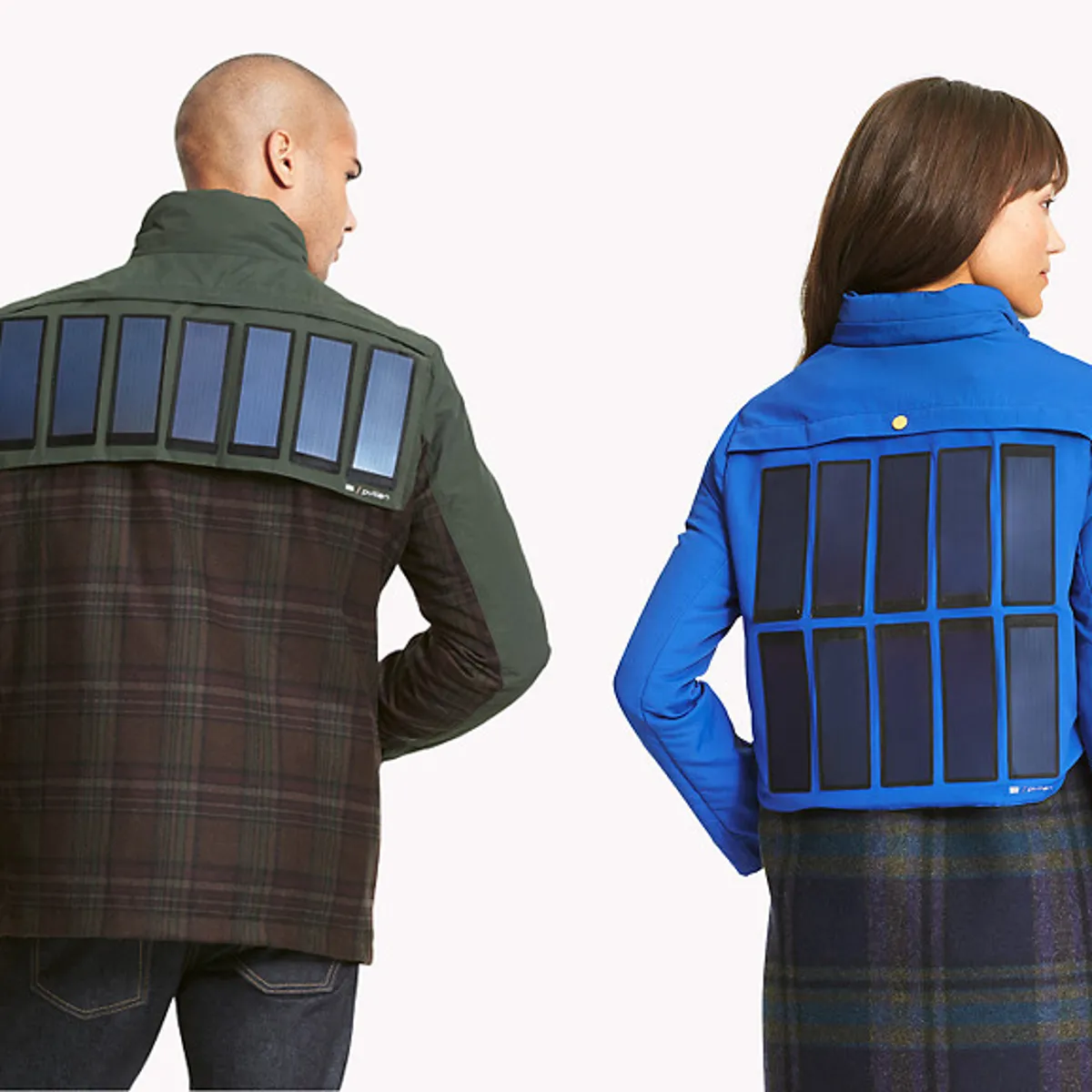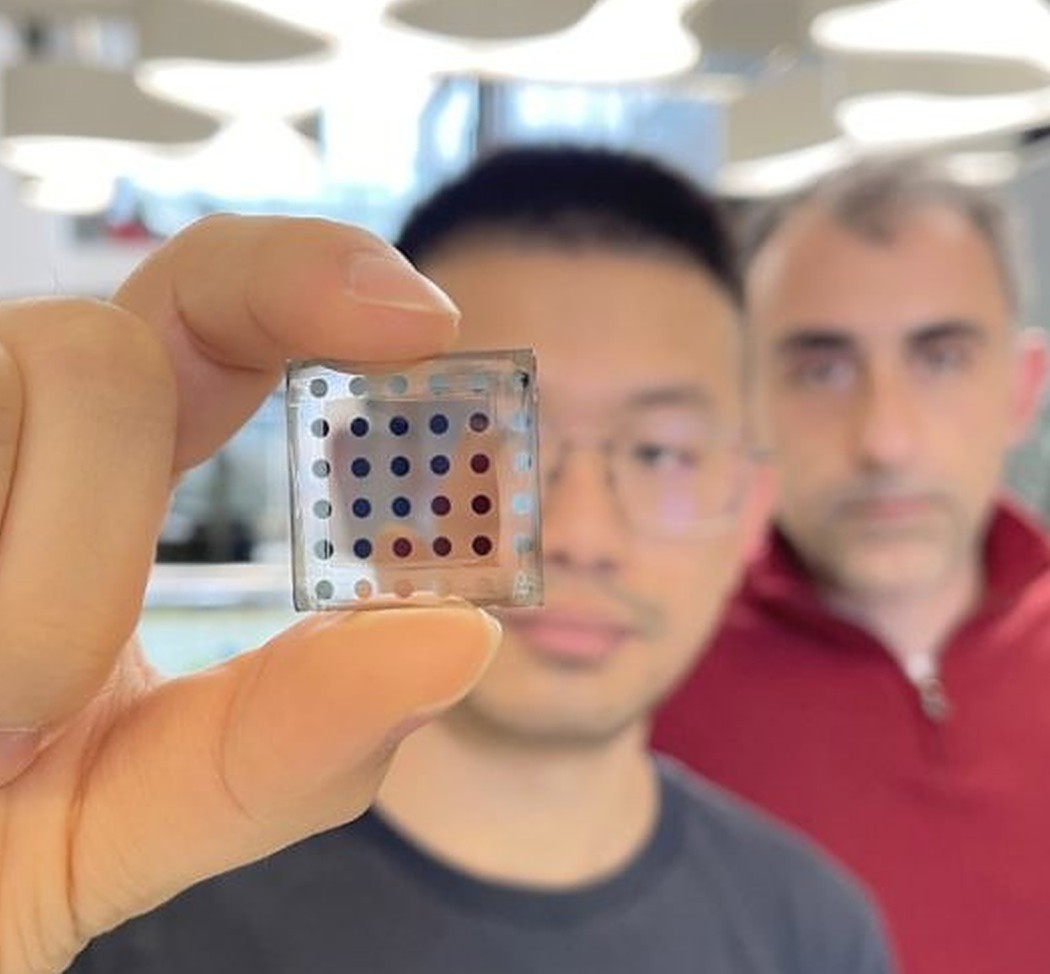
Introduction
Solar textiles, also known as wearable solar technology, have revolutionized the concept of renewable energy generation. This innovative technology integrates solar panels into textiles, allowing users to harness solar energy while wearing clothing or accessories. In today’s society, where sustainability and clean energy are paramount, solar textiles have gained immense relevance and importance. This article explores the historical background, key concepts, main discussion points, case studies, current trends, challenges, and future outlook of solar textiles.
Historical Background
The history of solar textiles dates back to the 1970s when researchers first began experimenting with photovoltaic cells on fabrics. Over the years, significant milestones and advancements have shaped the field of solar textiles. Innovations in thin-film solar technology, flexible solar panels, and conductive textiles have paved the way for the integration of solar panels into various types of clothing and accessories.
Key Concepts and Definitions
Solar textiles refer to the integration of solar panels and textiles, allowing for the generation and utilization of solar energy. This process involves embedding photovoltaic cells or other energy-harvesting technologies directly into fabrics, enabling the conversion of sunlight into electrical energy. Energy harvesting through solar textiles involves capturing solar radiation and converting it into usable power.

Main Discussion Points
Materials and Design of Solar Textiles
Solar textiles utilize a range of materials, including thin-film solar cells, conductive fibers, and lightweight fabrics. The design considerations for integrating solar panels into textiles involve ensuring flexibility, durability, and comfort for the user. Continuous advancements in material and design development have addressed challenges such as flexibility, washability, and integration into different types of clothing.
Applications of Solar Textiles
Solar textiles have vast potential applications in clothing, accessories, and other wearable items. Industries such as outdoor recreation, healthcare, and fashion can benefit from the integration of solar textiles. The ability to generate renewable energy on the go and charge portable devices makes solar textiles invaluable for outdoor enthusiasts and individuals in remote areas. Moreover, healthcare professionals can utilize solar textiles to power medical devices and sensors, enhancing patient monitoring and treatment.
Advantages and Limitations of Solar Textiles
Wearable solar technology offers numerous advantages, including the generation of clean, renewable energy, reduced reliance on traditional energy sources, and portability. However, solar textiles also face challenges and limitations such as limited efficiency, durability issues, and high production costs. Ongoing research and development aim to enhance efficiency, durability, and affordability in order to overcome these limitations.
Case Studies or Examples
Real-world examples showcase the successful implementation of solar textiles. Companies like Vollebak have created solar-powered jackets that can charge devices while being worn. Another notable example is the Solar Shirt designed by Pauline van Dongen, which incorporates solar panels into the fabric of a shirt, providing sustainable energy for charging smartphones. These case studies highlight the practical benefits and impact of wearable solar technology.
Current Trends or Developments
Recent trends in solar textiles focus on improving efficiency, durability, and user experience. Researchers are exploring new materials and fabrications techniques to enhance the performance of solar panels integrated into textiles. Additionally, advancements in energy storage technologies, such as flexible batteries, are being investigated to complement solar textiles and ensure uninterrupted power supply.
Challenges or Controversies
Challenges surrounding solar textiles include the balance between functionality and aesthetics. Critics argue that the integration of solar panels into clothing may compromise the overall design and comfort. Additionally, debates exist regarding the efficiency of solar textiles and the need for further advancements to match the performance of traditional solar panels.
Future Outlook
The future of solar textiles holds immense potential. Advancements in materials, design, and energy storage technologies will drive market growth and expand the applications of wearable solar technology. As research and development continue, solar textiles are expected to become more efficient, affordable, and seamlessly integrated into everyday clothing and accessories.
Conclusion
In conclusion, solar textiles offer a promising solution for generating renewable energy on the go. The integration of solar panels into textiles opens up a wide range of applications in various industries. While challenges and debates exist, ongoing research and technological advancements will continue to shape the future of solar textiles, making them an integral part of our sustainable future.
References
- Smith, J. (2019). Solar Textiles: A Comprehensive Review on Materials and Technologies. Journal of Materials Science, 54(8), 6409-6437.
- Van Cleynenbreugel, T., Van Langenhove, L., & De Clerck, K. (2018). Wearable Solar Textiles: A Review on Materials, Devices, and Applications. Solar Energy Materials and Solar Cells, 174, 95-105.
- Vollebak. (n.d.). Solar Charged Jacket. Retrieved from https://www.vollebak.com/product/solar-charged-jacket/.
- Van Dongen, P. (n.d.). Solar Shirt. Retrieved from https://paulinevandongen.nl/projects/solar-shirt.